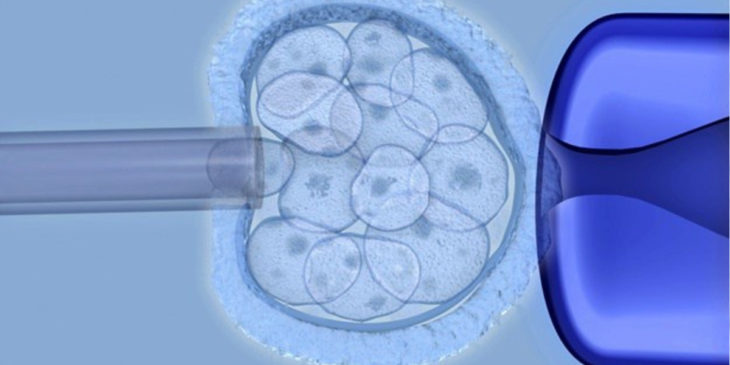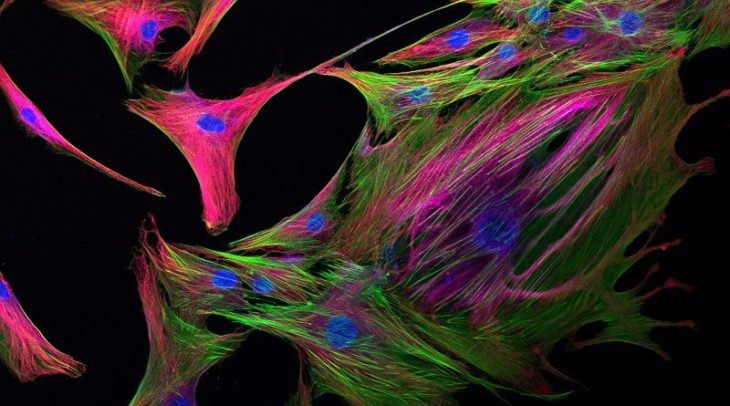Every cell in our body has a very specific purpose, however, there is one type of cell that does not have a limited function/responsibility, they are called stem cell. Stem cells have the unique ability to transform into almost any other cell when required, which means that they can help in repairing damaged tissues and treating non-curable neurological disorders. The very purpose of a stem cell is to perform the dynamic task. That being said, despite the ability to convert to a different cell, Stem cells have different types.
Contents
Types of Stem Cells
Know that we know what are stem cells, let’s check the different types. Stem cells in general, can self renew and differentiate into other cells types, however, they vary in their potentials that can treat and also those that cannot.
- Embryonic stem cells
- Tissue-specific stem cells
- Mesenchymal stem cells
- Induced pluripotent stem cells

Source: BioInformant
Embryonic Stem Cells
These stem cells are obtained from a hollow ball of cells that forms three to five days after an egg cell is fertilized by a sperm in Human beings. In technical terms, it’s the inner cell mass of the blastocyst. Embryonic stem cells can give rise to every cell type in the fully formed body, but not the placenta and umbilical cord hence they are pluripotent. Since they provide a renewable resource for studying normal development and disease they are extremely valuable.
Induced Pluripotent Stem Cells
Induced pluripotent stem (IPS) cells are formed in the lab with tissue-specific cells, like skin cells, into cells that are similar to embryonic stem cells. While iPS cells are similar to embryonic stem cells, they aren’t exactly the same. Scientists are exploring what these differences are and what they mean.

Source: Thermo Fisher Scientific
Tissue-specific Stem Cells
Tissue-specific stem cells or somatic stem cells are more proficient than embryonic stem cells. They can generate into different tissue only for the organs in which they live.
Mesenchymal Stem Cells
Mesenchymal stem cell (MSC) are isolated from connective tissue (stroma). These cells are found in the bone marrow and have the potential of differentiating into bone, nerve, tissue and fat cell types. These stem cells have immunomodulatory and reparative benefits that help neurosurgeons to treat many neuromuscular disorders. With the use of MSCs, doctors are able to treat issues related to tissue regeneration for neuronal cells along with cartilage, bone, muscle, tendon cells too.
Conventional treatment for neuromuscular disorders is not very effective. But with the amazing and unique features of mesenchymal stem cells, clinical cell treatment has shown promising results in patients all over the world. Cell therapy is safe and often completed within a day or two. The results are far more encouraging than the stretchy and ineffective conventional treatment. It is surprising to know that therapy using stem cells from the bone marrow is successfully used to treat life-threatening diseases.

Source: MATHEC
The extraction and application of stem cells has been debated on terms of it ethicality, however many countries encourage the study and use of only the adult bone marrow stem cells as a therapy since it involves the use of autologous stem cells that are acquired from the patient’s own bone marrow and are used to replace stem cells that are damaged. NeuroGen Brain and Spine Institute is one such facility that excels in autologous cell treatment and has treated over 8500 patients from over 65 countries across the Globe. It is headed by a world renowned Neurosurgeon Dr Alok Sharma who has received multiple awards like the Bharat Gaurav, The Rose of Paracelsus Award, Sushrut Award and many more.
